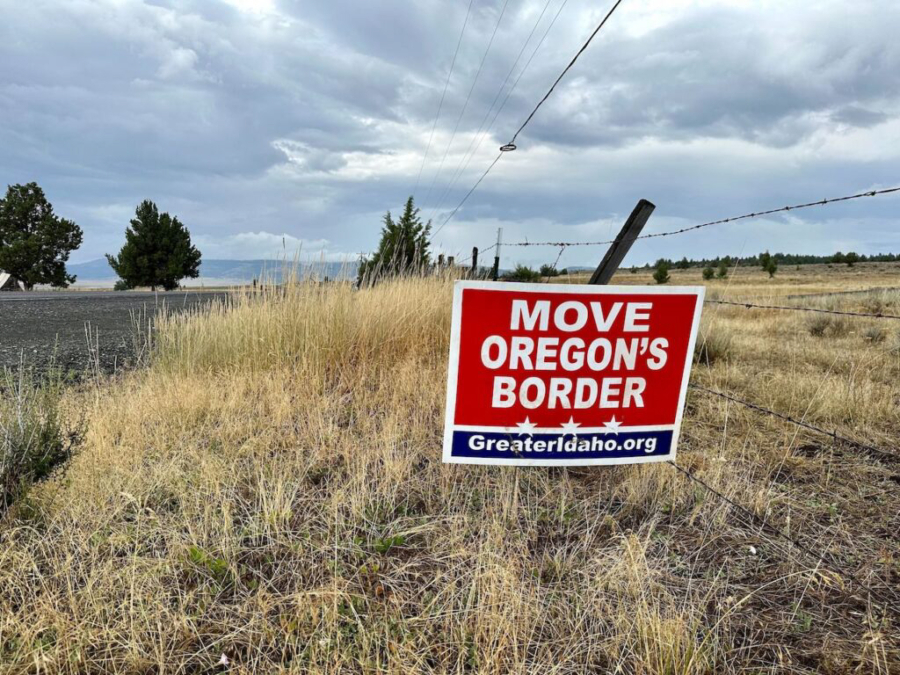ENTERPRISE — This small ranching town, surrounded by towering tree-topped mountains and a valley of rolling grass fields, sits tucked into the northeast corner of the state — both out of the way and right in the middle of a contentious debate.
At a meeting late last month, 25 people packed into a stuffy conference room in the Wallowa County Courthouse — 35 miles west of the Idaho state line and 260 miles east of Portland — to hear county commissioners debate a single agenda item: leaving Oregon.
The Greater Idaho movement, which wants to secede from the Beaver State and become a part of its neighbor to the east, had sputtered along for years, gaining little traction. But then, the coronavirus hit in the spring of 2020.
The global pandemic was “a blessing” for the movement, according to Mike McCarter, who took up the movement’s mantle in 2019. Quarantines and remote learning inflamed residents’ anger with the state government for shutting down schools and businesses. This tension invigorated the effort to join Idaho, a state whose government reacted wholly differently to COVID-19 than Oregon did.



